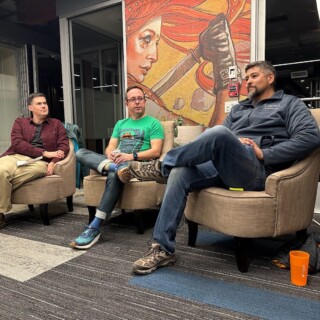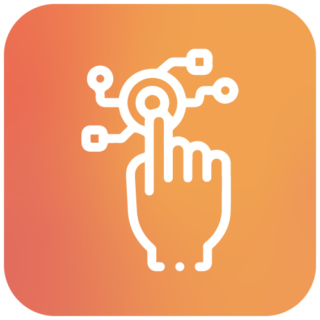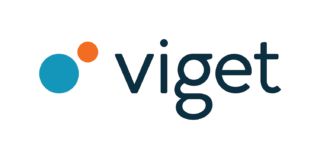The Current State of UX
A Panel Discussion Hosted by Viget
Jon Fukuda joined Cory Lebson, and Jackson Fox for a panel discussion on the Current State of UX hosted by Viget (Boulder). The discussion comes at a critical time in the industry where we’re all seeing seemingly disproportionate layoffs affecting user researchers and UX designers.
Overall Panel Discussion Summary:
The panel discussion highlighted the current state of the UX industry, characterized by a market correction following the hiring boom during the pandemic. There’s skepticism about AI’s capabilities and concerns about its impact on job security across various disciplines. Additionally, there’s recognition of the importance of meeting user expectations, especially among younger users with higher demands for seamless experiences. Despite layoffs in UX roles, the value of UX remains significant for long-term business success. UX professionals are urged to take proactive roles in educating and leading companies to understand the value of human-centered design, ensuring that UX is not merely an afterthought but a fundamental aspect of product development and business strategy.

Key Takeaways

Market (Over)Correction
The UX industry is experiencing an over-correction after the hiring boom during the pandemic. We all agree that the rush to implement and scale digital products and services necessitated large-scale hiring of UX roles. Many newly minted digital teams could be characterized as not having the right operational frameworks, maturity, processes, and infrastructure to support valuable integration of UX roles, contributions, and impact on business goals and revenue.
Coupled with inflation pressures and the advent of AI, companies are cutting UX roles due to post-pandemic fears of recession and inflated AI expectations.
While we’ve seen market cycles ripple through the UX profession in previous downturns, this one feels different.
AI Sentiment
There’s skepticism about AI’s current capabilities and concerns about its impact on job security in various disciplines.
In our discussion, the sentiment on AI was mostly negative. There was agreement that it has made leaps and bounds, but there is still a distance to go before it can have a significant impact (the last 20%, which could take a long time)
There are some things to keep an eye on that may mean big things for UX and AI looking at Rabbit’s lean into Large Action Models (LAM) – an action-oriented derivative of LLMs (Large Language Models)
UXers should be optimistic and practical where possible, educating those leaders on how/where AI can help the most or articulate the limits of its usefulness in its current state.
If everything in UX goes to hell, there’s always opportunity in the absurd – (don’t come at me; I love this idea, but it’s a solution without a problem): The Poetry Clock.


User Experctations
Younger users may lack understanding of technology behind UI, leading to higher expectations for seamless experiences. This is largely a signal that leading consumer technology experiences have made things too simplified – only being compounded by low/no-code tooling, removing the comprehension of backend context.
The implication is that quality is paramount (it has to work) and systems must employ good/the best UX, given how tools (e.g., design and code libraries, AI, no/low-code solutions) have evolved to democratize good UX (but also make it difficult to distinguish yourself with great UX)
From a cultural perspective this will work to help ease the over-correction of the UX market by putting pressure on digital product and service teams to support best in class experiences.
The Value of UX
True UX integration is crucial for business success, but many companies lack proper infrastructure and processes.
While many teams brought on DesignOps managers, they have been under supported and asked constantly to help the organization scale design by doing “More with Less.” This has pressured the aspirational goals of DesignOps managers aimed originally at better research and design integration into the product lifecycle to downshift and relegate their skills to design program management.
In these bullwhip reactive markets, particularly in digital products that have seen the largest UX layoffs will struggle to meet the continued demand for better more feature rich and meaningful user experiences. The unfortunate aspect of this is that there will be long-term negative impacts on company growth before the pressure for course correction takes place
Consultants with deep UX expertise may be in higher demand as companies realize the value of UX.


Role of UX Professionals
UX professionals need to educate and lead companies in understanding the value of human-centered design for long-term growth.
Waiting for the market to correct is not sufficient; UX professionals must actively demonstrate the value of UX. The deep value of UX is proven in the market time and time again, and it is our job as UXers to ensure this is the last time the market over-corrects like this ever again.
It’s about getting loud, speaking at conferences, joining podcasts, live streaming on LinkedIn – and starting calling out organizations that aren’t serving their users.
UXers are problem solvers, specifically human-centered problem solvers, and it’s time for us to educate and lead companies so they learn and can harness what true user-centered insight and work can provide–which is long-term growth.
Thank You
